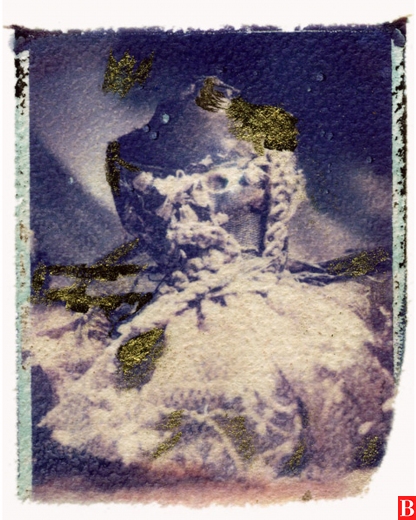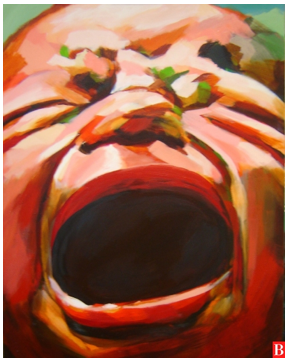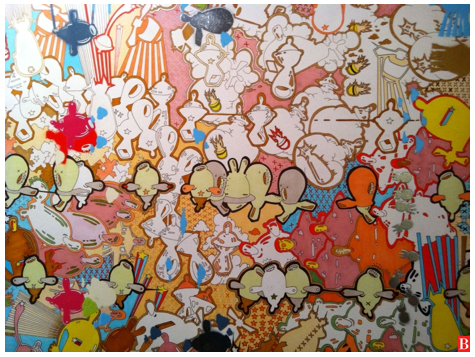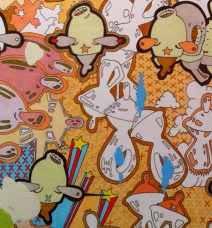[This is the second installment in a series of art viewing tips for beginners to the art world. Read on for more tips in this ArtBarcs blog series to aid those newcomers how to enjoy art like a pro! Read Tip #1 here.]
TIP #2:
Consider all the Artist’s Choices. When creating a work of art, artists make certain decisions and choices to effectively convey their thoughts and emotions. Artists deliberately choose the medium of the artwork, the colors, the linear perspective and other tell-tale signs to express something specific. Take a look at a piece of art and think about all the decisions that particular artist made and try to understand why.
What medium was used?
There are many mediums that an artist can choose when starting a piece, oil, acrylic or pastel to name a few. The artist takes time in considering the best medium for their message. As you look at a piece think about every kind of medium, why would the artist choose this?

Dry Polaroid Transfer on Arches Water Color paper created from a hand built assemblage combined with pastels
Brush Strokes?
Notice the brush strokes, try and guess what size brush was used and look at the techniques used to apply the paint. There are countless styles of painting, each creating a different mood and feel. What is the artist trying to portray in the piece?
Color Palettes
An artist’s palette is filled with many colors that help to make the heart of the piece. From shades to tones an artist meticulously calculates where each hue is placed. When looking at a piece of art take into account all of the different colors. On a canvas there can be thousands of hues, spending time enjoying them will help to put you in the artist’s shoes.
All of these details create a whole painting and an entire artistic message. Keep an eye out for this help and enjoy the details!





